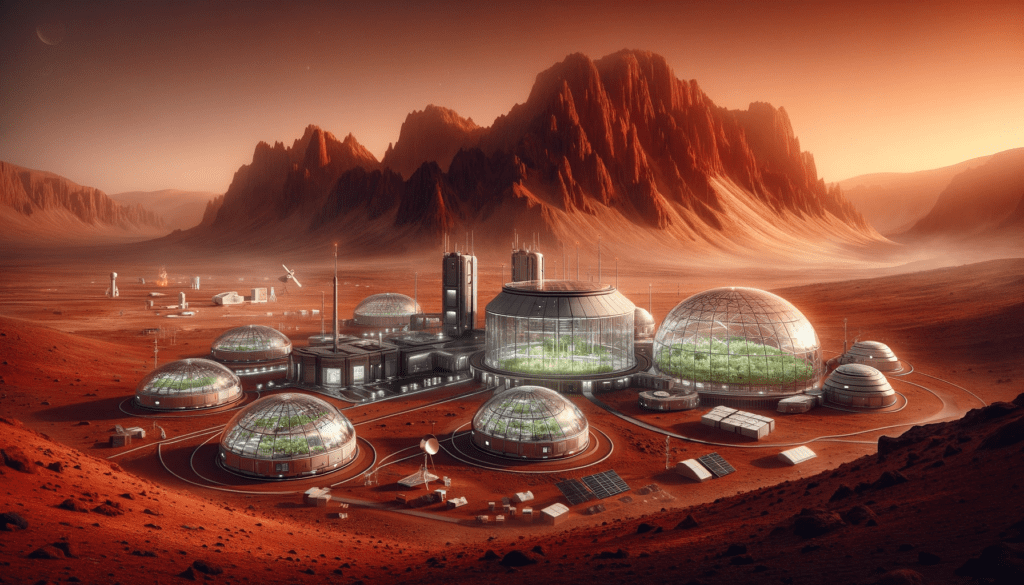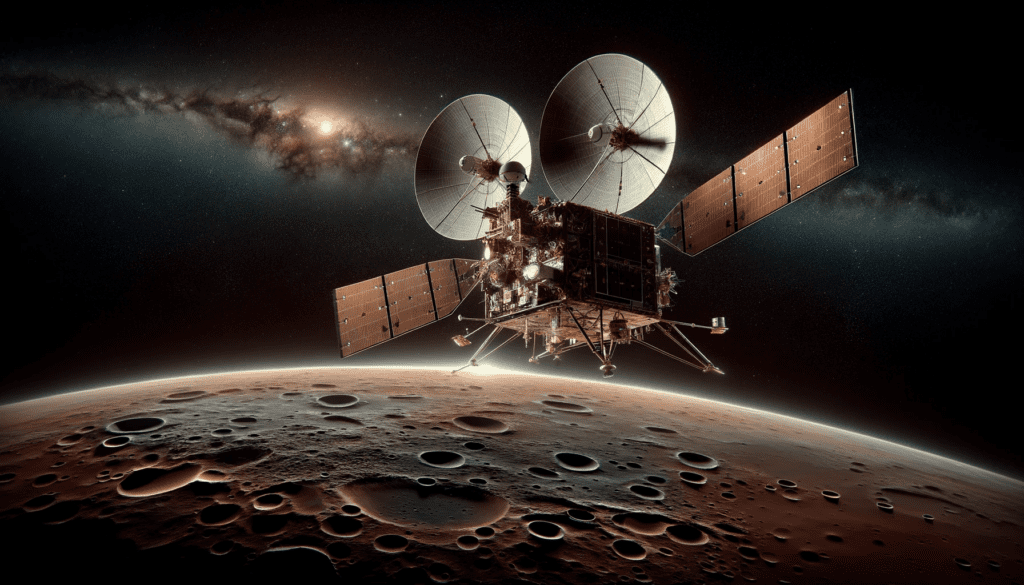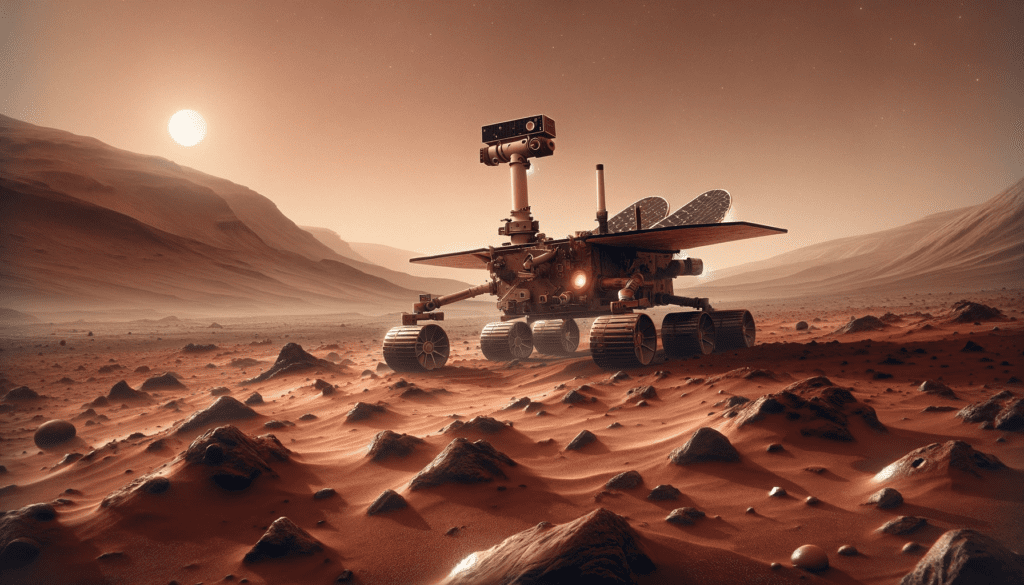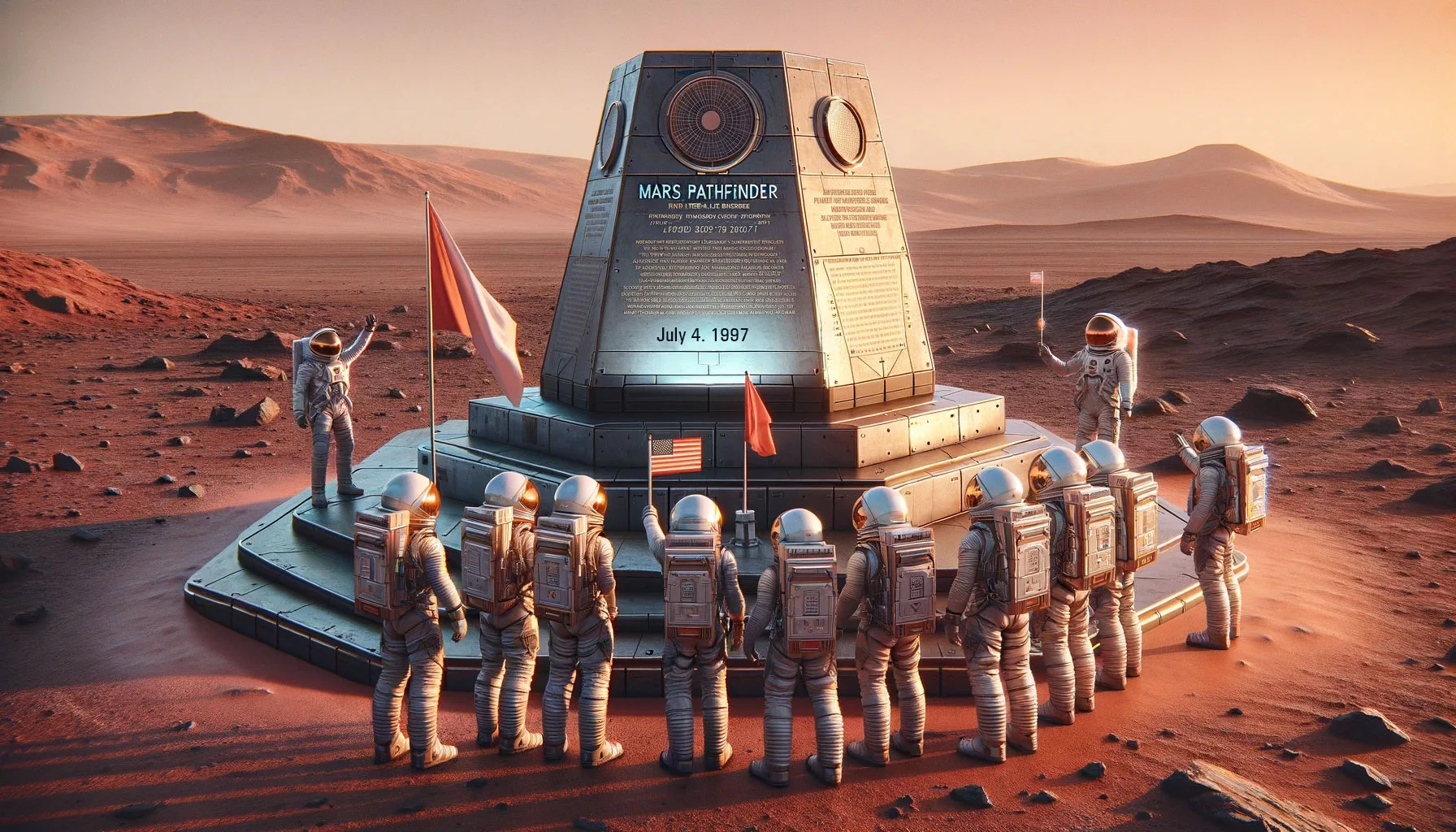When is Red Planet Day: Celebrating Our Fascination with Mars
Red Planet Day, observed annually on November 28th, commemorates the launch of Mariner 4, the first spacecraft to perform a successful flyby of Mars, in 1964. This day celebrates humanity’s ongoing fascination and exploration of Mars, a planet that has captured the imagination of scientists and dreamers alike for centuries.
Mariner 4’s mission marked a significant milestone in space exploration. It not only provided the first close-up images of the Martian surface, dispelling many myths about the planet, but also set the stage for future explorations. The photographs revealed a world with craters and a moon-like landscape, radically changing our understanding of Mars.
Red Planet Day is more than just an anniversary; it’s a celebration of human curiosity and ingenuity. It reminds us of the advances in technology and science that have allowed us to reach beyond our own planet. This day is particularly significant in the context of recent missions, which have focused on uncovering the secrets of Mars, including the search for past water, understanding its geology, and the potential for future human colonization.
As we celebrate Red Planet Day, we not only look back at our achievements but also forward to the possibilities that lay ahead in Martian exploration. It’s a day for education, reflection, and dreaming about the next steps in our cosmic journey.
Celebrating Red Planet Milestones

The exploration of Mars has been a journey of astonishing discoveries and technological advancements. As we dream of future colonization, envisioning public holidays that celebrate these milestones on Mars itself seems fitting. These days would not only honor scientific achievements but also serve as reminders of our quest to understand the cosmos.
Tycho Dies, Torch Passed to Kepler (October 24, 1601)
On this day, we commemorate the passing of Tycho Brahe, a pivotal figure in astronomy, and the rise of his assistant, Johannes Kepler. Kepler’s groundbreaking realization that Mars orbits the Sun in an ellipse, a theory formulated using Tycho’s extensive data, revolutionized our understanding of planetary motion. This day symbolizes the transition from ancient to modern astronomy, a cornerstone in Martian study.
Polar Ice Cap Observed (August 6, 1672)
Christiaan Huygens, armed with his superior telescope, observed a bright spot on Mars, later identified as a polar ice cap. This discovery was crucial in understanding Mars’s geography and climate. It also fueled centuries of speculation about water and life on Mars, making it a day to honor early steps in Martian exploration.
Opposition and Exciting Discoveries (September 5, 1877)
This day celebrates Asaph Hall’s discovery of Mars’s moons, Phobos and Deimos, and Giovanni Schiaparelli’s mapping of Martian ‘canali.’ Hall’s findings expanded our knowledge of Mars’s natural satellites, while Schiaparelli’s work, though misinterpreted, sparked widespread public interest in the planet.
The Air up There (April 12, 1963)
In 1963, scientists confirmed the presence of water vapor in Mars’s thin atmosphere. This revelation, though highlighting the planet’s arid nature, was crucial in understanding Martian weather patterns and potential habitability. It’s a day to reflect on our evolving understanding of Mars’s environment.
Encounter with Mariner 4 (July 14, 1965)
Mariner 4’s flyby provided humanity with its first close-up images of Mars, revealing a cratered, seemingly lifeless landscape. This mission dispelled many myths and laid the groundwork for future Martian exploration. It stands as a testament to our relentless pursuit of knowledge.

Orbit Day- Mariner 9 Comes to Visit (November 14, 1971
Mariner 9’s entry into Martian orbit marked a new era of exploration. It unveiled a world of volcanoes, canyons, and dynamic weather, altering our perception of the Red Planet. The images and data from this mission deepened our understanding of Mars’s geology and climate, making this day a celebration of the pioneering spirit in space exploration.
Viking 1 Makes Contact (July 20, 1976)
Viking 1’s successful landing was a monumental achievement, offering an unprecedented close-up look at the Martian surface. For six years, it and its twin, Viking 2, conducted experiments and sent back invaluable data. This holiday symbolizes the quest for knowledge and the potential for future human presence on Mars.
LIFE!…or Something (August 7, 1996)
The discovery of what appeared to be microscopic fossils in a Martian meteorite sparked a global frenzy and debate about life on Mars. Although later studies cast doubt on these findings, this day celebrates the enduring human curiosity and the ongoing quest to answer one of our greatest questions: Are we alone in the universe?

Pathfinder Blazes a Trail (July 4, 1997)
The successful landing of Mars Pathfinder and its rover, Sojourner, marked a new age of exploration. Sojourner’s analysis of Martian rocks and soil provided insights into the planet’s past. This day is a tribute to innovation and the rovers that continue to traverse and study Mars, paving the way for future missions. 4th of July is also the Independence day in the USA. The lander was formally named the Carl Sagan Memorial Station following its successful touchdown on the Mars surface.
Liquid at Last (September 28, 2015)
The discovery of recurring slope lineae, suggesting flowing water on Mars, reignited excitement about the planet’s potential habitability. This finding raises questions about the planet’s past and future, making this day a symbol of hope and the unending quest for discovery.
Conclusion
These public holidays on Mars could provide commemorative dates; they represent milestones in our journey to understand the Red Planet and our place in the cosmos. As we continue to explore and perhaps one day settle on Mars, these days will serve as reminders of our journey from observers to explorers and, eventually, to inhabitants of a world once thought unreachable.


